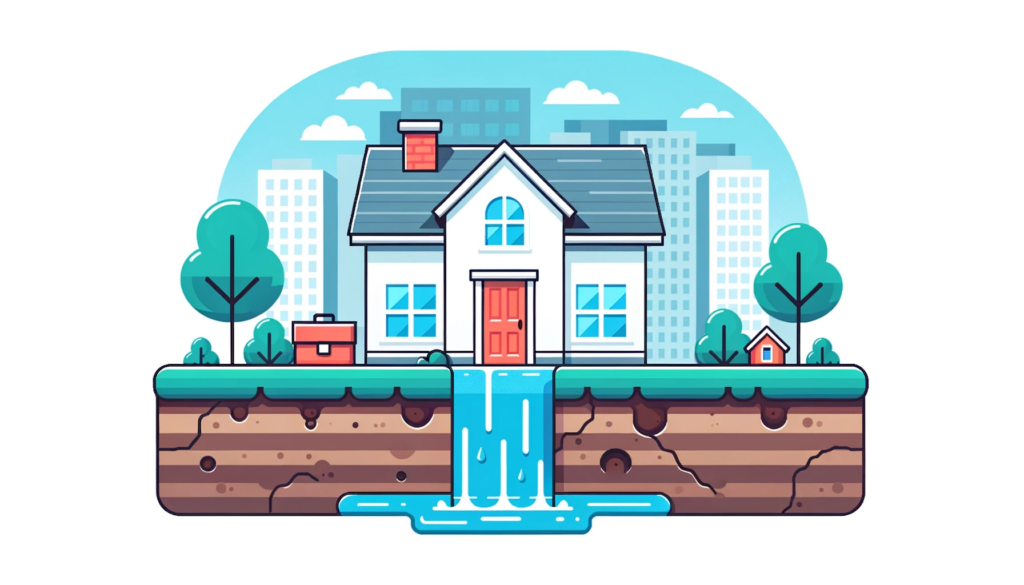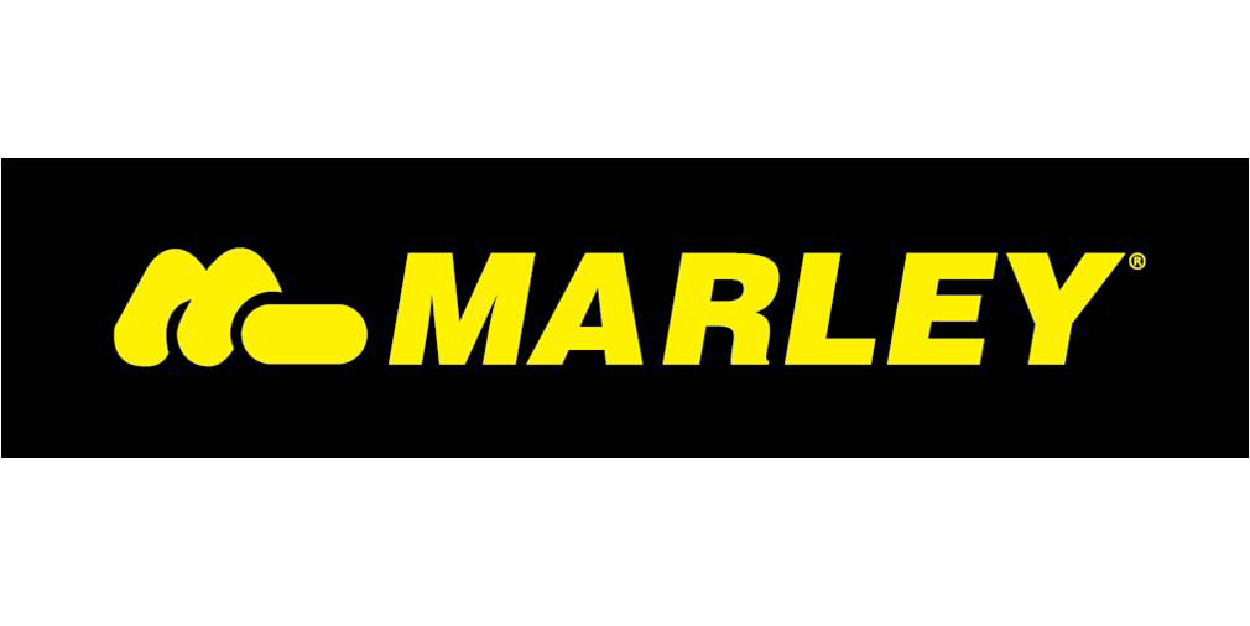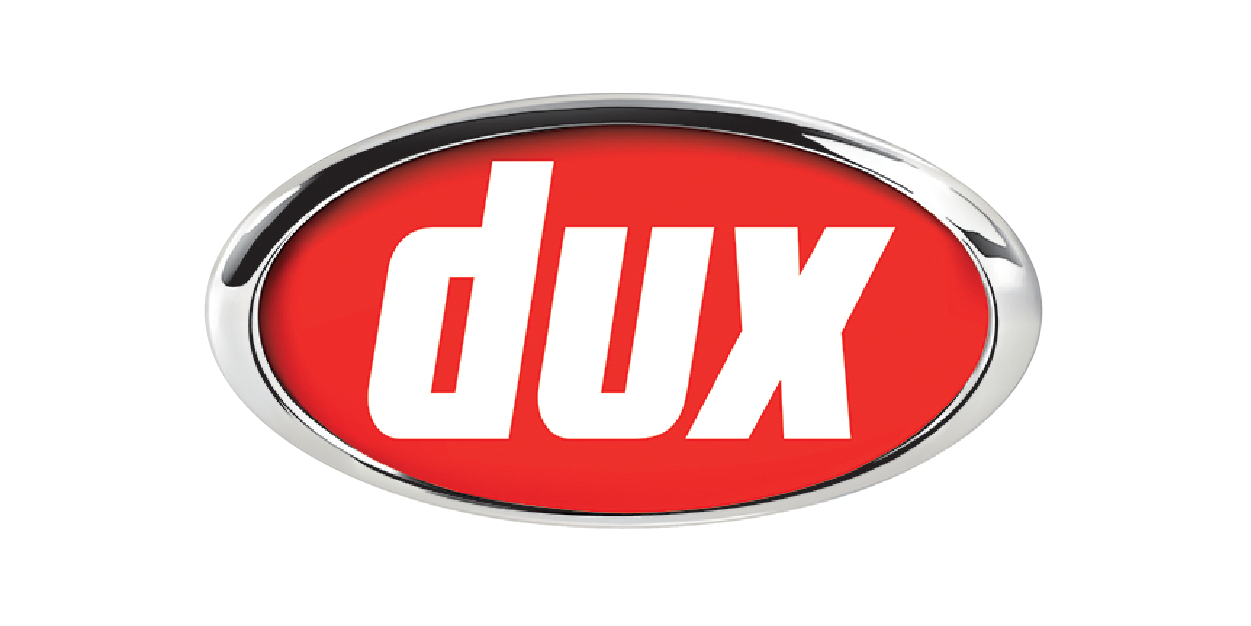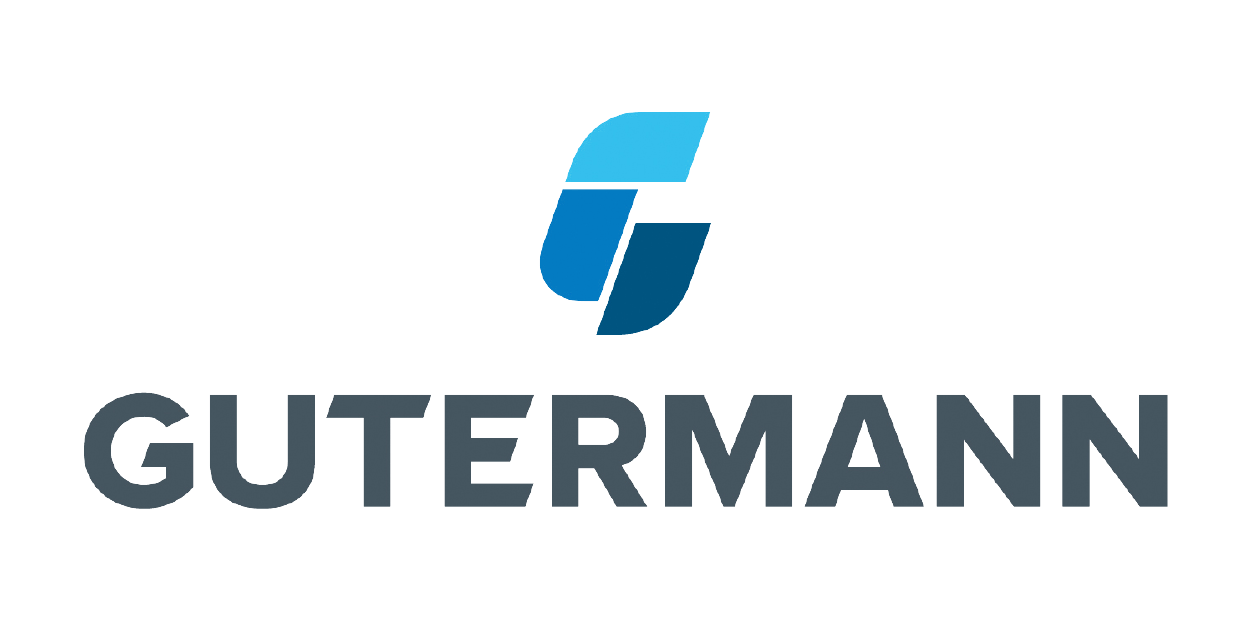
Call Today 09 973 4973 or
Understanding Trenchless Repair Methods
Trenchless technology encompasses several techniques, each suited to different types of repair scenarios:
- Cured-in-Place Pipe (CIPP): This method involves inserting a resin-saturated liner into the damaged pipe, which is then cured in place to form a solid, seamless pipe within the old pipe. CIPP is ideal for repairing leaks, cracks, and other forms of pipeline deterioration without the need for excavation.
- Pipe Bursting: Pipe bursting is used to replace old or severely damaged pipes. A bursting head is pulled through the existing pipeline, breaking it apart while simultaneously pulling a new pipe into place. This method is effective for upgrading pipeline size or material with minimal surface disruption.
- Slip Lining: Slip lining involves inserting a new, smaller diameter pipe into the existing pipeline. This method is often used for reinforcing structurally compromised pipes, providing an additional layer of protection against leaks and breaks.
Advantages of Trenchless Repairs
The adoption of trenchless gas line repairs brings numerous benefits:
- Minimal Disruption: Trenchless methods significantly reduce the need for extensive digging, preserving landscapes, driveways, roads, and other surface structures.
- Cost Efficiency: By avoiding large-scale excavation, trenchless repairs can be more cost-effective, saving on both the direct costs of digging and the indirect costs associated with restoring the affected area.
- Faster Completion: Repair projects can often be completed more quickly with trenchless techniques, minimising downtime for gas services and reducing inconvenience to residents and businesses.
- Environmental Benefits: With less surface disturbance, trenchless repairs have a smaller environmental footprint, protecting ecosystems and reducing the amount of waste sent to landfills.
Challenges and Considerations
While trenchless repairs offer many advantages, there are also challenges to consider:
- Technical Limitations: Not all pipeline issues can be addressed with trenchless methods. The suitability of these techniques depends on the specific condition and configuration of the pipeline.
- Upfront Costs: The initial investment in trenchless repair equipment and training can be higher than for traditional methods, though these costs are often offset by the savings in restoration and reduced project timelines.
- Regulatory Compliance: Ensuring that trenchless repairs comply with New Zealand’s gas safety regulations and standards is essential. This includes obtaining necessary permits and ensuring that all work is carried out by licensed professionals.
Trenchless gas line repairs offer a forward-looking approach to maintaining and repairing gas infrastructure with minimal impact on the environment and society. As technology advances and regulatory frameworks evolve, these methods are likely to become even more prevalent in New Zealand’s approach to utility maintenance.
Suppliers




